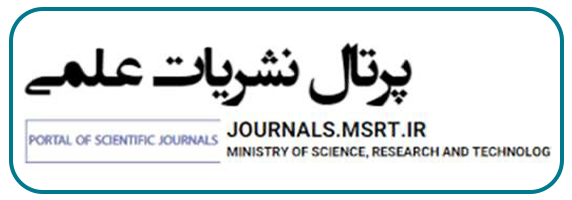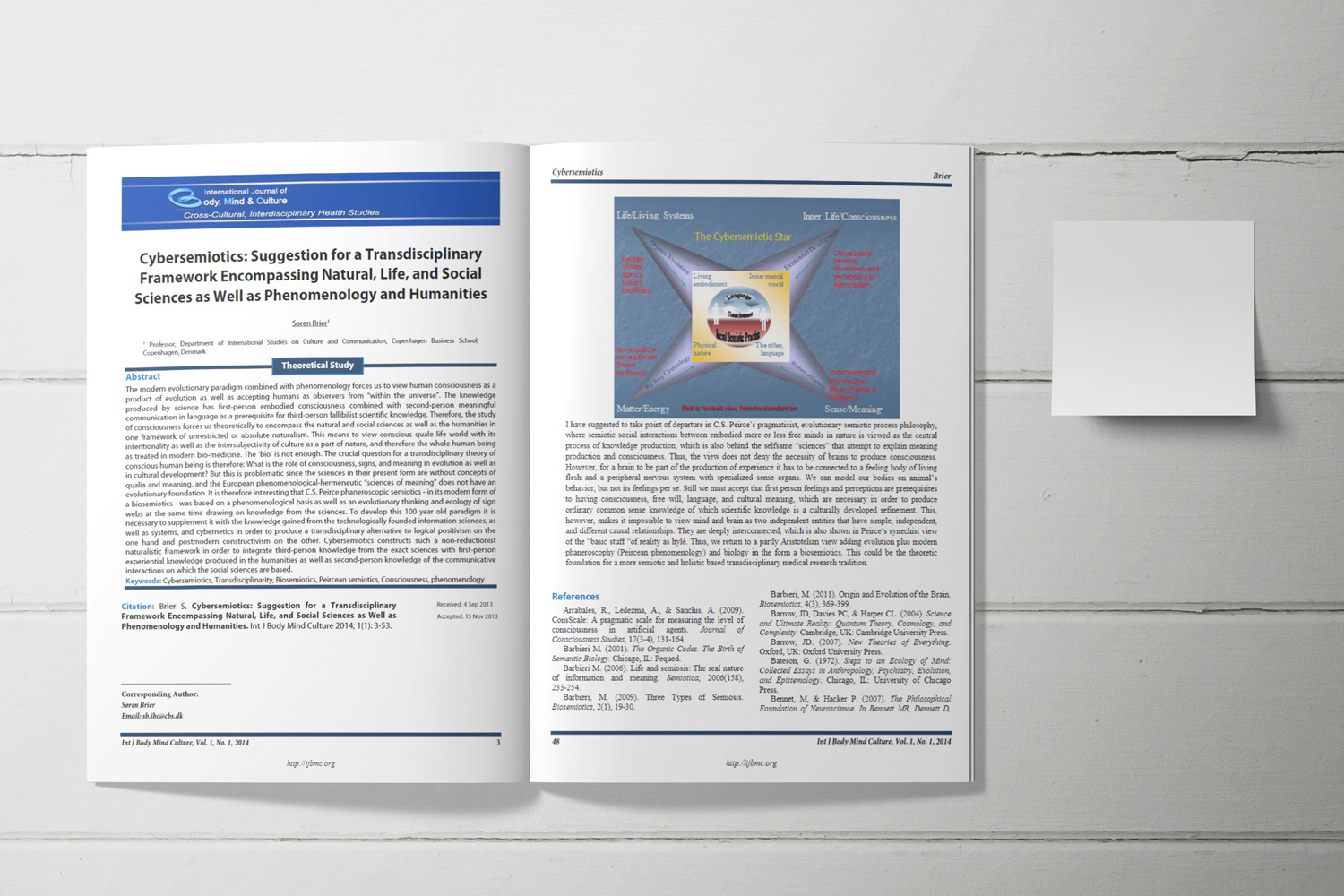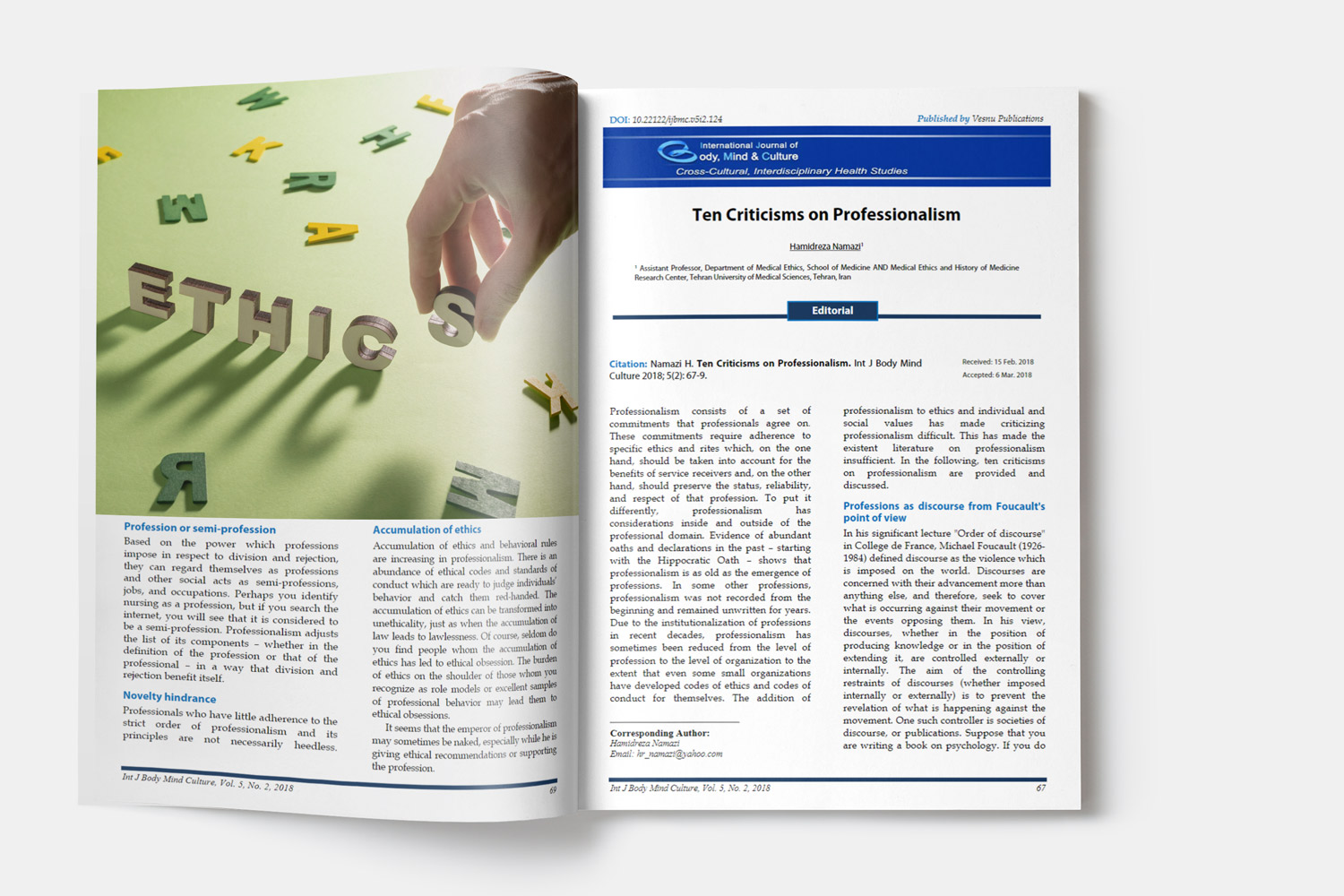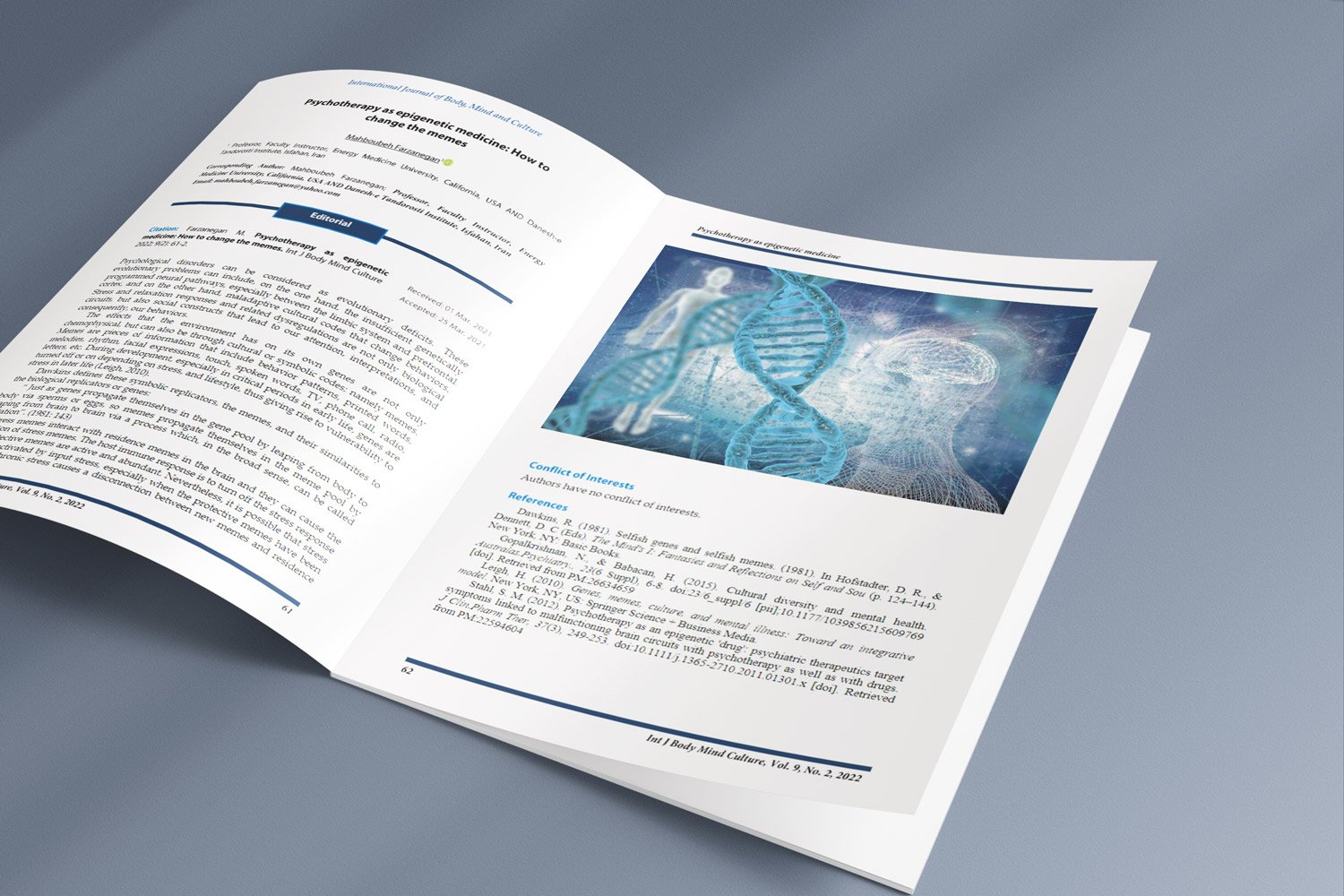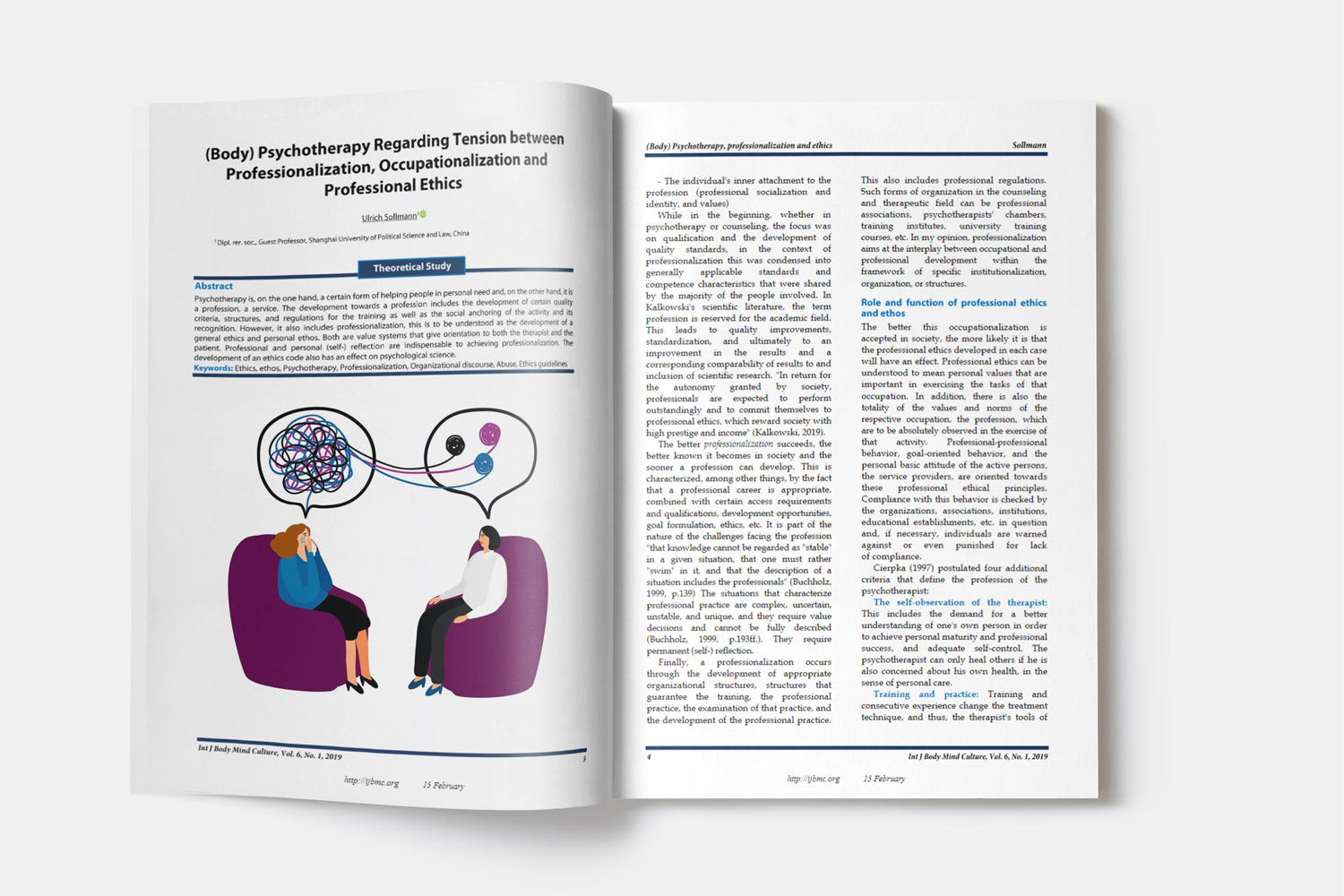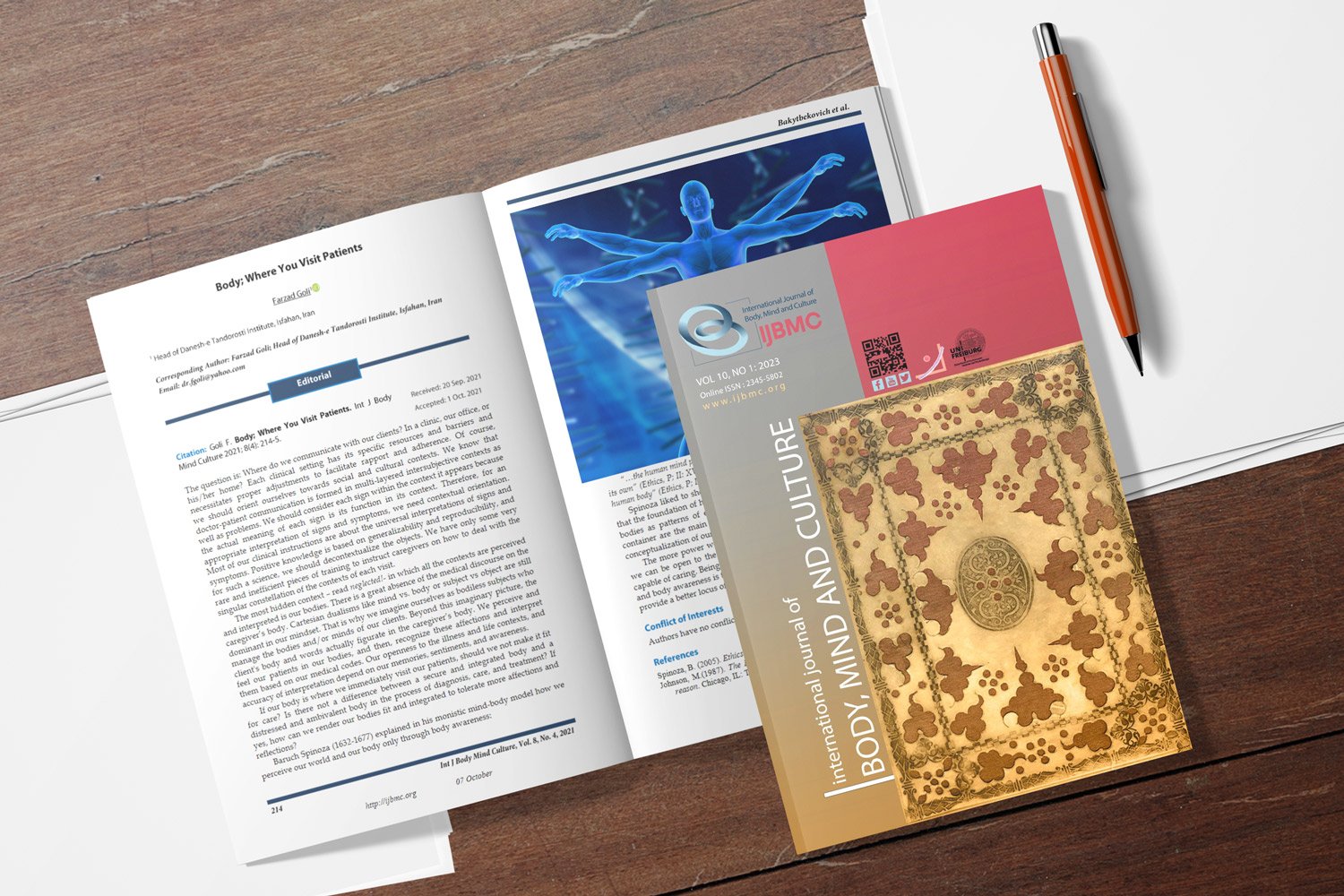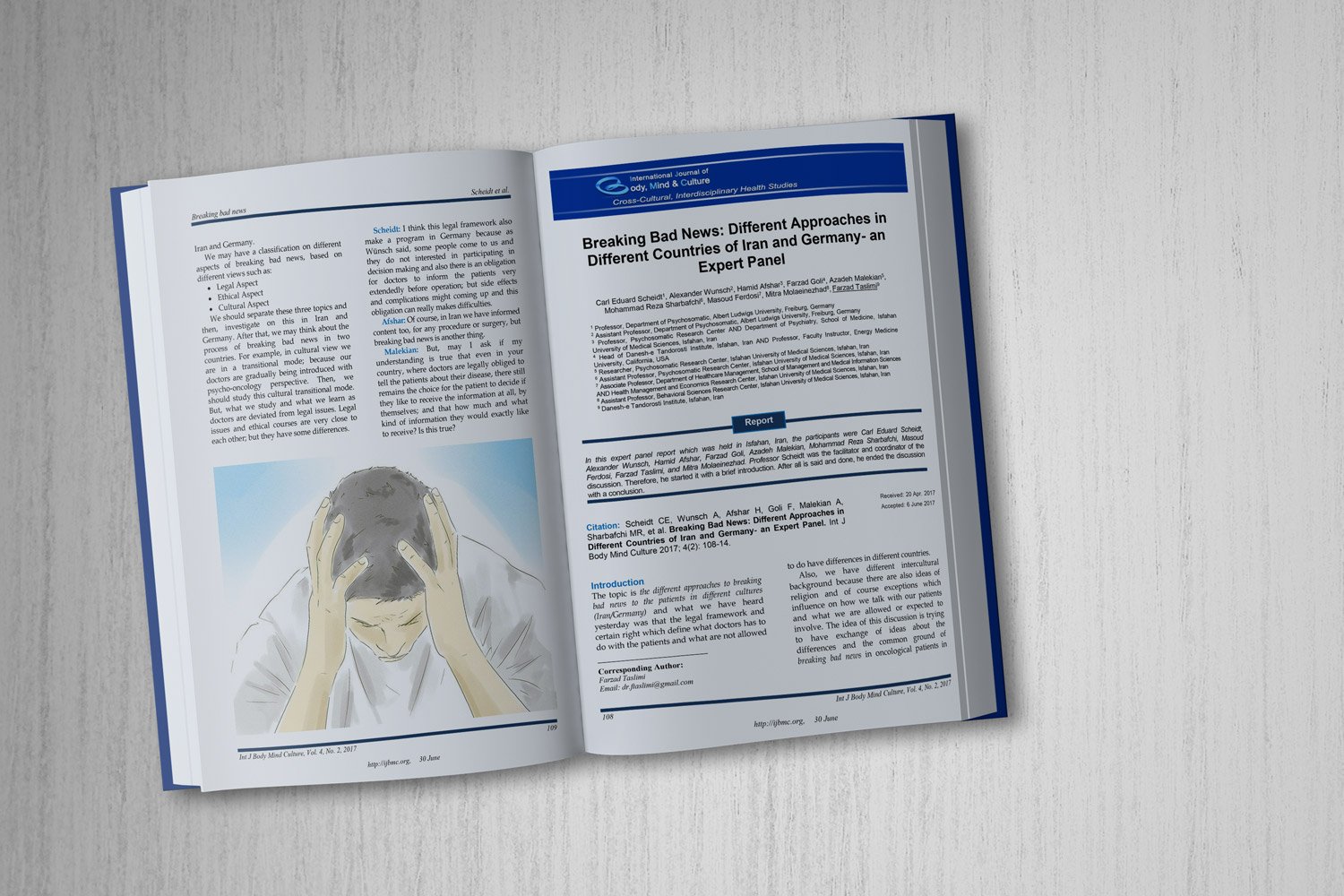Standardization of the Five-Factor Model of the Maher Multifaceted Fluid Test of Intelligence (MMFTI) for Fourth to Sixth-Grade Students (first version) based on Metacognition Theory
Downloads
Objective: The research aimed to create a standardized version of the five-factor model of the Maher Multifaceted Fluid Test of Intelligence (MMFTI) for students in grades four to six, based on the theory of metacognition.
Methods and Materials: The study involved conducting the Maher Multifaceted Fluid Test of Children Intelligence (MMFTI) to standardize fluid intelligence in fourth to sixth-grade students (ages 10 to 12) in Tehran. The research used a descriptive and mixed exploratory method with a fundamental purpose. It is based on Cattle-Horn-Carroll (CHC) theories, successful intelligence theory, and superintelligence theory, or the intelligence of happiness, as a theoretical foundation. 800 students were selected from non-profit schools in 5 educational districts of Tehran using the staged cluster sampling method. The results of the exploratory factor analysis of 90 questions in the framework of a 5-factor model including perception (shape from context, shape recognition, visual completion, and perceptual sequence), reasoning (visual, maze, matrix, and mental calculations), attention (one-dimensional, multi-dimensional and geometric), memory (visual, auditory and numerical) and processing speed (visual processing, symbols, letter sequence) confirmed.
Findings: The results of the structural equation modeling and confirmatory factor analysis, confirmed that the 5-factor measurement model fit well. The factor loadings of the sub-variables on the 5-factor indicated that the sub-variables are appropriate measures for capturing the main factors. The Cronbach's alpha coefficients also indicated that these factors and their sub-variables demonstrated acceptable reliability.
Conclusion: The research findings indicate that this test may potentially supplant older tests and can provide more precise cognitive, meta-cognitive, and perceptual markers evaluations. This is achieved by prioritizing objectivity and keeping in mind the ultimate aim of the test, which is to promote happiness and well-being.
Downloads
Alborzi, M. M., & Khosh Lahjeh Sedgh, A. (2023). Prediction of sensation seeking and coping strategies based on emotional intelligence with the mediation of metacognitive beliefs in Qom province students. Iranian Journal of Neurodevelopmental Disorders, 2(2), 26-37. https://maherpub.com/jndd/article/view/27
Amirinia, M. (2024). The Effectiveness of Metacognitive Training on Emotional Intelligence and Ego Defense Styles. Psychology, 15(04), 530-542. https://doi.org/10.4236/psych.2024.154033
Asdolahzadeh, P., Sadeghi, J., & Abbasi Asfajir, A. A. (2021). Modeling the Structural Equations of Mode Metacognition with a Tendency to Cyberspace Mediated by Self-efficacy in Gifted Students [Research Article]. Iranian Journal of Educational Sociology, 4(2), 14-23. https://doi.org/10.52547/ijes.4.2.14
Atayi, R., Ghasrmzadeh, A., & Haghi, N. (2023). The Effectiveness of Metacognitive Therapy on Anxiety and Communication Skills of Secondary School Girls in Parsabad City. Journal of Psychological Dynamics in Mood Disorders (PDMD), 2(1), 1-11. https://doi.org/10.22034/pdmd.2023.181397
Baramake, Z., Fadavi, M. S., & Yousefi, Z. (2024). Development of a Successful Intelligence Training Package Aimed at Reducing High-Risk Behaviors Especially for Teenagers. Journal of Psychological Dynamics in Mood Disorders (PDMD), 2(4), 101-114. https://doi.org/10.22034/pdmd.2024.444922.1054
Bilač, S., Öztop, F., Kutuk, Y., & Karadag, M. (2024). Cultural Narratives and Their Impact on Family Mental Health. Journal of Psychosociological Research in Family and Culture, 2(2), 18-24. https://doi.org/10.61838/kman.jprfc.2.2.4
Boltivets, S. (2023). Cultural Beliefs and Mental Health. Journal of Psychosociological Research in Family and Culture, 1(4), 1-3. https://journals.kmanpub.com/index.php/jprfc/article/view/2612
Elhamifar, A., Mehdinezhad, v., & Farnam, A. (2019). The Effect of Critical Thinking on Metacognitive Knowledge and Epistemological Beliefs of High School Students [Research Article]. Iranian Journal of Educational Sociology, 2(3), 47-55. https://doi.org/10.29252/ijes.2.3.47
Enayati Shabkolai, M., Enayati Shabkalai, M., & Bagheri Dadokolai, M. (2023). The Effectiveness of Treatment based on Acceptance and Commitment on Social Adaptation, Academic Self-Regulation and Cognitive Flexibility of Students with Specific Learning Disorders. International Journal of Education and Cognitive Sciences, 4(1), 33-41. https://doi.org/10.61838/kman.ijecs.4.1.5
Gooran Savadkohi, L., Kamyabi, M., & Saadati Shamir, A. (2023). The Effectiveness of Metacognitive Skills Training on Increasing the Fluid Intelligence of First Secondary Students. Sociology of Education, 9(1), 424-440. https://doi.org/10.22034/ijes.2024.2012724.1476
Hasanpour, M., Jabbari, N., & Esmaeilnia Shirvani, K. (2020). The Effect of Artistic Intelligence Components on Student’s Mental Health [Research Article]. Iranian Journal of Educational Sociology, 3(3), 168-175. https://doi.org/10.52547/ijes.3.3.168
Kamkar, P., Dortaj, F., Saedipour, E., Delavar, A., & Borjali, A. (2021). Investigating the Effectiveness of Successful Intelligence Components Training Based on Sternberg’s Triarchic Theory on Increasing Fluid Reasoning and Verbal Comprehension. The Journal of Psychological Science, 20(104), 1251-1266. https://doi.org/10.52547/jps.20.104.1251
Karimi, A., Gholtash, A., & Machinchi, A. A. (2023). Develop and validate a model for teaching metacognitive skills based on quantum thinking to student-teachers. Sociology of Education, 9(1), 359-370. https://doi.org/10.22034/ijes.2022.544223.1207
Khorshidi, S., Shaterian Mohammadi, F., & Pirani, Z. (2024). The Effectiveness of Teaching Metacognitive Strategies on Processing Speed and Organizational Planning in Elementary School Boys with Mathematical Disorder. Journal of Psychological Dynamics in Mood Disorders (PDMD), 3(1), 51-61. https://doi.org/10.22034/pdmd.2024.451627.1077
Khosh Lahje Sedq, A., & Mohammadtahery, M. (2022). Prediction of self-esteem based on attachment style, metacognitive belief and emotional intelligence in college students. Iranian Journal of Neurodevelopmental Disorders, 1(3), 0-0. https://maherpub.com/jndd/article/view/8
Kokabi Rahman, E., Taghvaei, D., & Pirani, Z. (2023). The Effectiveness of Cognitive and Metacognitive Strategies Teaching on Academic Motivation, Academic Engagement and Quality of Life in School of Students with Specific Learning Disorder in Hamadan City. Sociology of Education, 8(2), 257-266. https://doi.org/10.22034/ijes.2023.707262
Li, J. (2018). Teaching Method of English Autonomous Learning Based on Metacognitive Strategy Theory. Educational Sciences Theory & Practice. https://doi.org/10.12738/estp.2018.6.292
Miri Rami, S. F., Delgoshaei, Y., & Mahmoudi, A. H. (2022). Identification and Analysis of Effective Factors on the Strategic Intelligence of Education Districts Managers of Tehran City and Provide an Appropriate Model [Research Article]. Iranian Journal of Educational Sociology, 5(1), 113-125. https://doi.org/10.61186/ijes.5.1.113
Nejadi, S. (2022). Taekwondo Marital Arts Influence on Emotional Intelligence First High School Boys. Journal of Psychological Dynamics in Mood Disorders (PDMD), 1(1), 46-50. https://ijpdmd.com/article_185146_6a9cd3e41de4f508773c4c87ae895cfb.pdf
Nematollahi, S., Afshari Nia, K., Alsadat Hosseini, S., Kakabraei, K., & Parandin, S. (2023). The Effectiveness of Metacognitive Therapy and Compassion-Based Therapy on Reducing Rumination, Anxiety and Worry in Obsessive-Compulsive Patients. Journal of Psychological Dynamics in Mood Disorders (PDMD), 2(3), 50-61. https://doi.org/10.22034/pdmd.2023.188277
Okati, G. N., Shahabizadeh, F., & Bahreinian, S. A. M. (2023). The Effectiveness of Metacognitive Therapy on Relationship Obsessive-Compulsive Disorder (ROCD) and Experiential Avoidance. Journal of Psychological Dynamics in Mood Disorders (PDMD), 1(4), 18-29. https://ijpdmd.com/article_183693_565efe26e7dc835d28a16da0da470f5c.pdf
Pourjaberi, B., Shirkavand, N., & Ashoori, J. (2023). The Effectiveness of Cognitive Rehabilitation Training on Prospective Memory and Cognitive Flexibility in Individuals with Depression. International Journal of Education and Cognitive Sciences, 4(3), 45-53. https://doi.org/10.61838/kman.ijecs.4.3.5
Roghani, F., & Afrokhte, L. (2023). The Effectiveness of Teaching Emotional Intelligence Skills on Burnout and Academic Self-Regulation in Elementary School Girls with Attention Deficit Disorder. Journal of Psychological Dynamics in Mood Disorders (PDMD), 2(3), 62-74. https://doi.org/10.22034/pdmd.2023.188391
Rostami, M., & Navabinejad, S. (2023). Cultural Sensitivity in Family Research: Bridging Gaps. Journal of Psychosociological Research in Family and Culture, 1(2), 1-4. https://doi.org/10.61838/kman.jprfc.1.2.1
Seadatee Shamir, A. (2024). The Effectiveness of Teaching Math Skills on Increasing the crystallized Intelligence of Secondary School Students of Shahed Schools. Journal of Psychological Dynamics in Mood Disorders (PDMD), 2(4), 136-152. https://doi.org/10.22034/pdmd.2024.444922.1058
Stanovich, K. E., & West, R. F. (2014). The Assessment of Rational Thinking. Teaching of Psychology, 41(3), 265-271. https://doi.org/10.1177/0098628314537988
Tahmasebiboldaji, F. (2022). Investigating the relationship between spiritual intelligence and self-efficacy with the mediating role of self-compassion in students. Journal of Psychological Dynamics in Mood Disorders (PDMD), 1(3), 31-41. https://ijpdmd.com/article_180419_4a3f67418b068fcd078f153fa1e0b588.pdf
Tsalas, N., Sodian, B., & Paulus, M. (2017). Correlates of Metacognitive Control in 10-Year Old Children and Adults. Metacognition and Learning, 12(3), 297-314. https://doi.org/10.1007/s11409-016-9168-4
Urban, K., & Urban, M. (2018). Influence of Fluid Intelligence on Accuracy of Metacognitive Monitoring in Preschool Children Fades With the Calibration Feedback. Studia psychologica, 60(2), 123-136. https://doi.org/10.21909/sp.2018.02.757
Varshney, L. R., & Barbey, A. K. (2021). Beyond IQ: The Importance of Metacognition for the Promotion of Global Wellbeing. Journal of Intelligence, 9(4), 54. https://doi.org/10.3390/jintelligence9040054
Yazdani, N., Ganji, H., Pasha Sharifi, H., & Abolmali Alhosseini, K. (2023). Prediction of Test Anxiety based on Personality Traits and Intelligence Beliefs with the Mediation of Academic Self-Efficacy. Journal of Psychological Dynamics in Mood Disorders (PDMD), 2(3), 37-49. https://doi.org/10.22034/pdmd.2023.185277
Yeung, N., & Summerfield, C. (2012). Metacognition in Human Decision-Making: Confidence and Error Monitoring. Philosophical Transactions of the Royal Society B Biological Sciences, 367(1594), 1310-1321. https://doi.org/10.1098/rstb.2011.0416
Copyright (c) 2025 International Journal of Body, Mind and Culture

This work is licensed under a Creative Commons Attribution-NonCommercial 4.0 International License.






